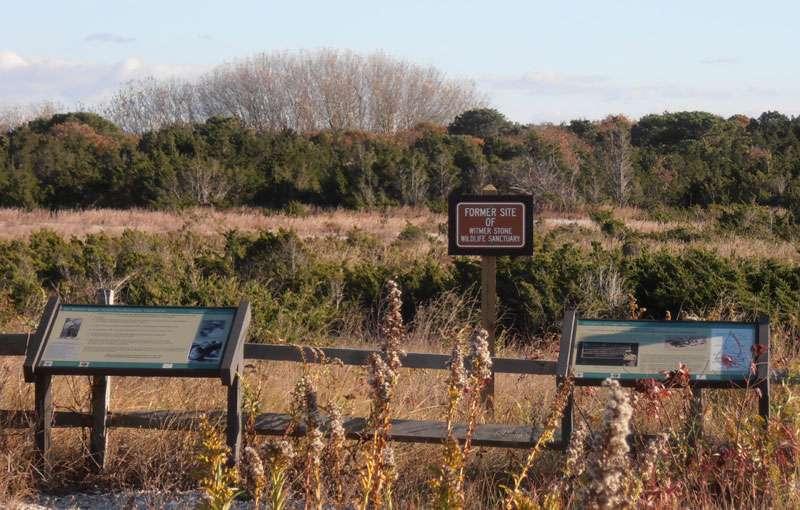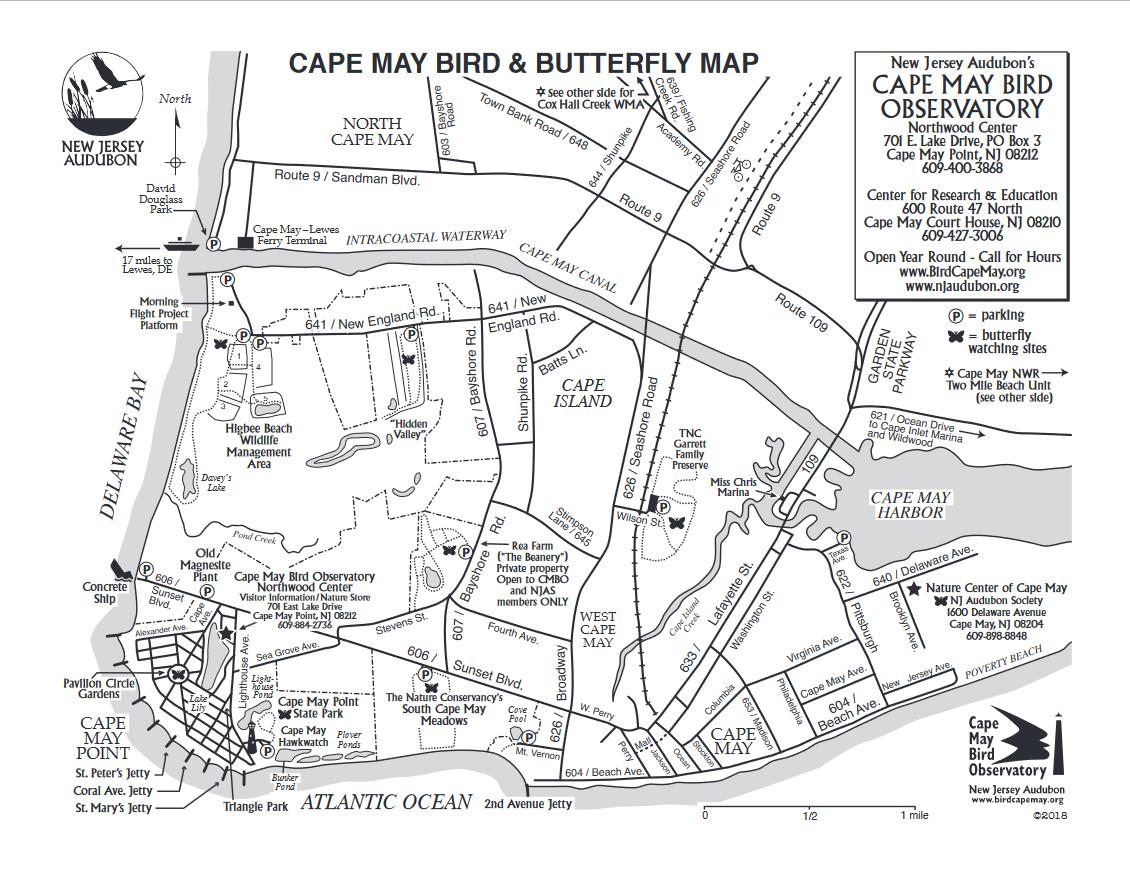Cape Island--CMP--Witmer Stone Wildlife Sanctuary

Cape Island--CMP--Witmer Stone Wildlife Sanctuary
Cape May, New Jersey 08204
Witmer Stone Sanctuary (Delaware Valley Ornithological Club) webpageCape May Point Official Website
Cape May Bird Observatory map
About this Location
Witmer Stone Wildlife Sanctuary was established on leased land beginning in 1931 to prevent hawks from being shot at Cape May Point. Witmer Stone Wildlife Sanctuary has become a part of Cape May Point State Park. Signs marking the former site have been installed in the Cape May Point State Park at the end of Sunset Boulevard, just behind the rock shop and on the Hawk Watch Platform.
About Cape May Point
See all hotspots at Cape May Point
Situated at the southern-most tip of the Jersey Cape, Cape May Point is well known for its many natural attractions, serene beaches and historic sites. During spring and fall migration, this small Borough is home to more birds than residents.
Founded in 1875, Cape May Point was originally called Stites Beach and then Seagrove.
Cape May Point is a major migratory route along the Atlantic Flyway. Many sea/shore birds and songbirds migrate through this area in the spring. At the end of the summer, Dragonflies and Monarch Butterflies migrate through the area stopping briefly to gain their strength before continuing their journey across the Delaware Bay.
Cape May Point is part of the annual migration of the Horseshoe Crab along the Delaware Bay. Each year in late May, thousands of horseshoe crab come ashore to lay their eggs. These protein rich eggs are an important food source for Ruddy Turnstones, and Red Knots.
Cape May Point is considered the premier Hawk migration route of North America. In the fall hundreds of hawks are counted as they pass the narrow corridor of land along the Cape May peninsula heading south. This offers birdwatchers of all ages the opportunity to see these beautiful birds in flight as they soar across the fields and meadows, on their southward trek across the Delaware Bay.
Content from Witmer Stone Sanctuary (Delaware Valley Ornithological Club) webpage and Cape May Point Official Website
Last updated February 26, 2024
 Cape May Bird Observatory
Cape May Bird Observatory